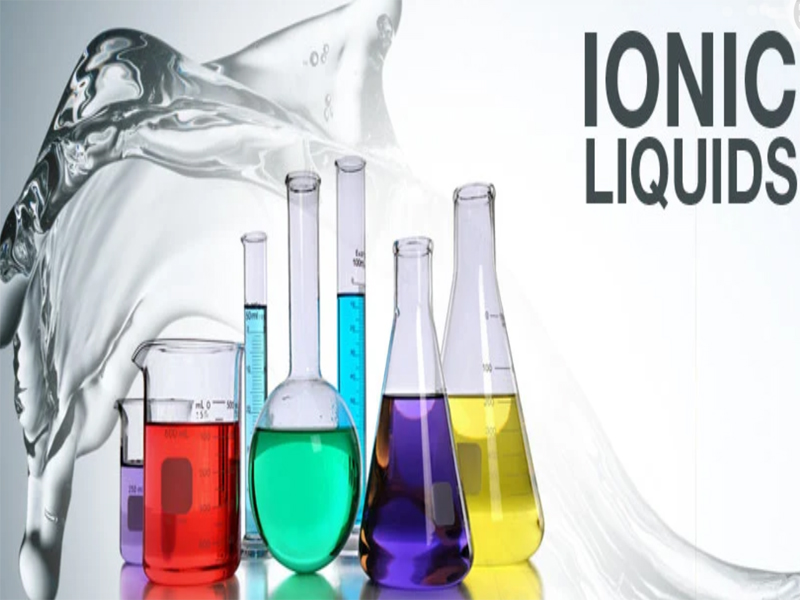Current Trends in the Ionic Liquids Chemical Industry
Current Trends in the Ionic Liquids Chemical Industry
The ionic liquids (IL) chemical industry is experiencing significant growth and innovation, driven by their unique properties and wide range of applications. Here is an overview of the latest trends and developments in the industry:
1. Sustainability and Green Chemistry
Ionic liquids are increasingly recognized for their potential in promoting green chemistry. They are non-volatile, non-flammable, and often recyclable, making them an environmentally friendly alternative to traditional solvents. Research and development focus is on designing task-specific ionic liquids (TSILs) to replace hazardous chemicals in various industrial processes, reduce environmental impact, and improve safety.
2. Energy Storage and Conversion
ILs are becoming increasingly popular in energy-related applications, particularly in batteries, supercapacitors, and fuel cells. Their wide electrochemical window, high ionic conductivity, and thermal stability make them ideal for advanced energy storage systems. Innovations in this field are aimed at improving the performance, efficiency, and lifetime of energy devices.
3. Catalysis and Synthesis
The use of ionic liquids as catalysts and reaction media in chemical synthesis is expanding. They have unique solubility properties that can increase reaction rates, selectivity, and yields. In particular, ionic liquids are being explored in the production of fine chemicals, pharmaceuticals, and biofuels, offering more efficient and cleaner approaches to chemical manufacturing.
4. Separation Processes
Ionic liquids have proven to be very effective in separation processes, such as gas absorption, liquid-liquid extraction, and membrane separations. Their ability to selectively dissolve or separate compounds makes them valuable in applications such as carbon dioxide capture, waste treatment, and natural product purification.
5. Electronics and Materials Science
In electronics, ionic liquids are used to develop advanced materials, including conductive polymers and nanomaterials. Their ionic conductivity and ability to stabilize nanoparticles are exploited in the manufacture of sensors, electronic devices, and smart materials. Research is ongoing to integrate ionic liquids into flexible electronics and wearable technologies.
6. Pharmaceuticals and Biotechnology
The biocompatibility and tunable properties of ionic liquids make them suitable for pharmaceutical and biotechnology applications. They are used in drug delivery systems, enzyme stabilization, and extraction of bioactive compounds. Efforts are focused on developing ionic liquids that can improve drug solubility and bioavailability, as well as ionic liquids that can be used in biocatalysis.
7. Regulatory and Market Dynamics
As the ionic liquids market expands, there is an increasing focus on regulatory compliance and safety. Manufacturers are working closely with regulatory agencies to ensure that new ionic liquids meet safety standards and are environmentally friendly. Market dynamics are also influenced by the collaboration between academia and industry to drive innovation and commercial applications.
Conclusion
The ionic liquids chemistry industry is expected to witness strong growth, driven by continued research and technological advancements. With the potential to revolutionize various fields through sustainable and efficient solutions, ionic liquids will play a key role in the future of chemistry and materials science.
Sincere Industries is also part of the fun and stay updated with the latest trends and developments in the ionic liquids industry to take advantage of emerging opportunities and innovations.







